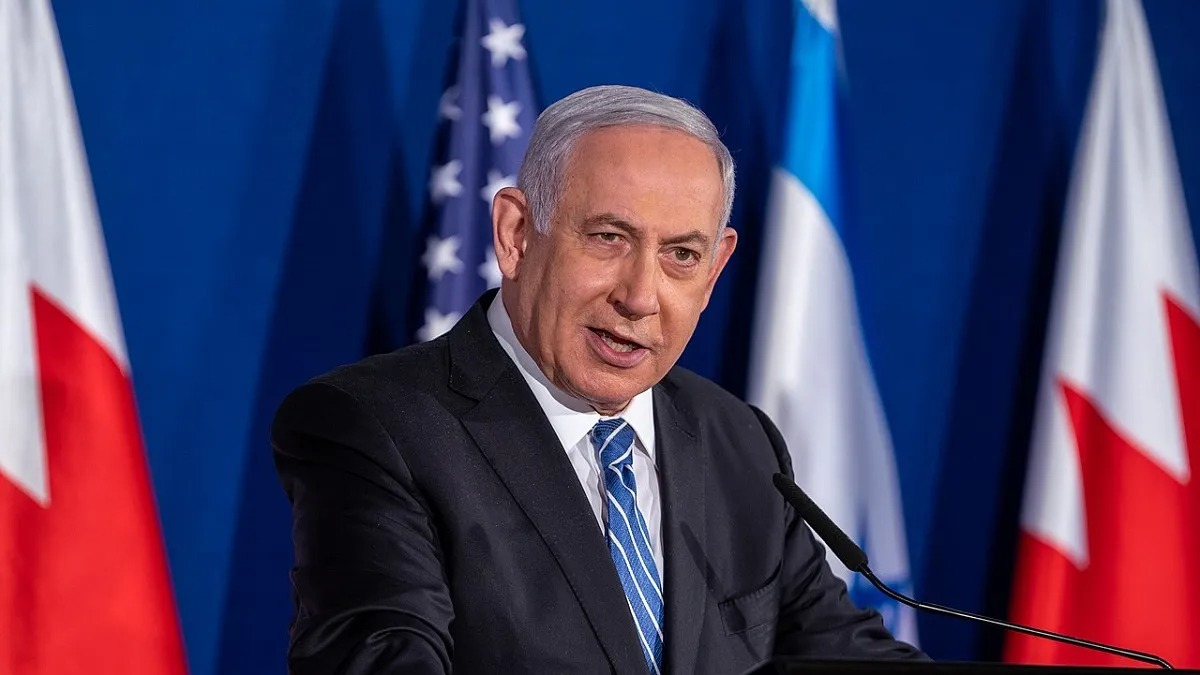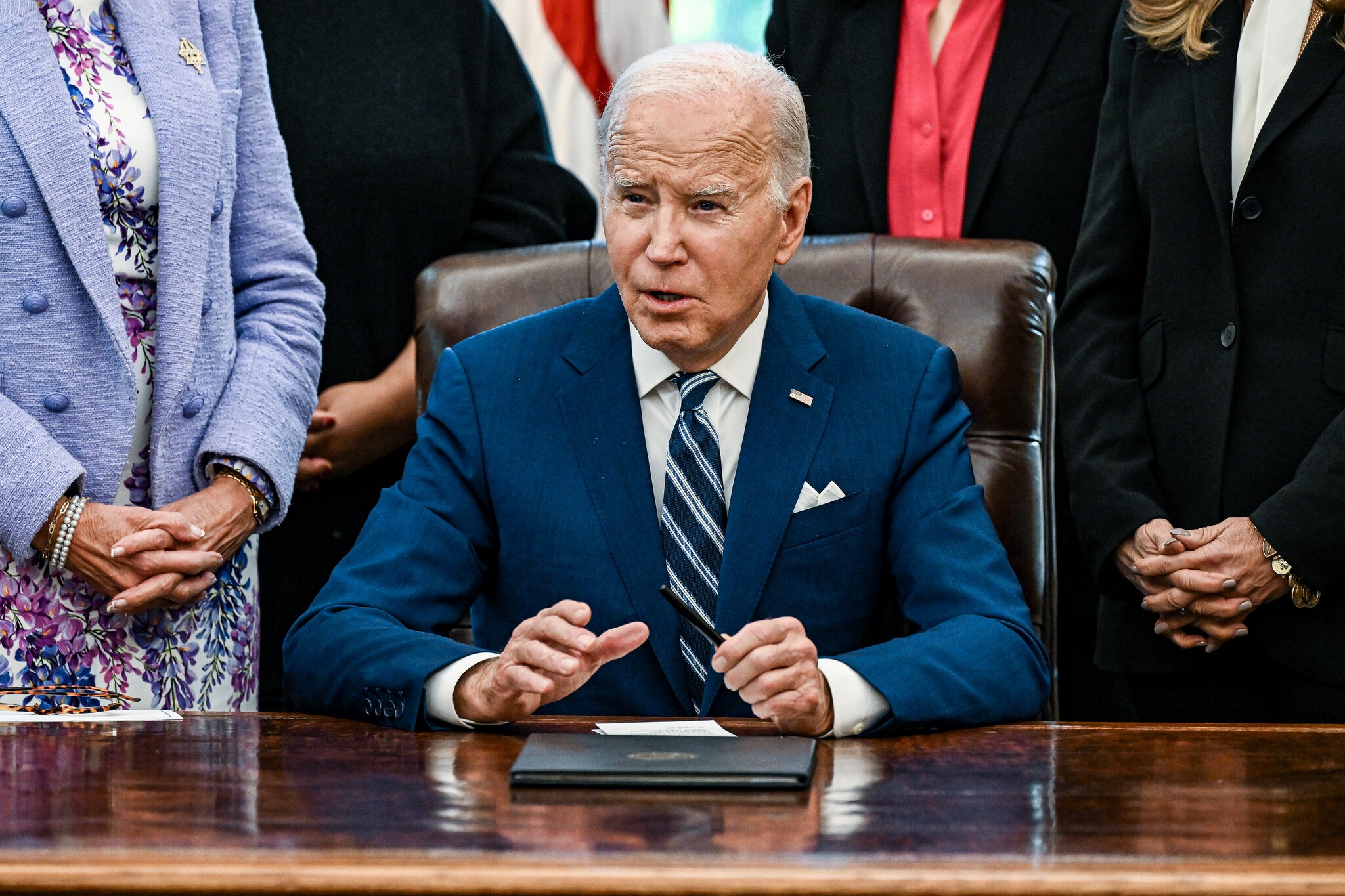Iran has escalated its conflict with Israel by launching a direct drone attack, marking a remarkable shift from its previous strategy of engaging through proxies like Hezbollah. This direct engagement represents a crossing of a “red line,” a term often used in foreign policy to denote a boundary that, when crossed, results in severe consequences.
Prime Minister Netanyahu now faces a critical decision on how to respond to Iran’s overt aggression, considering whether this act was a one-time strike or the start of an escalating series of attacks. The situation is further complicated by ongoing tensions in Gaza, where an Israeli ground operation has been anticipated.

Iran’s drone attack sets off red lines worldwide (Credits: Reuters)
The U.S. response will be crucial, as President Biden has convened an emergency meeting to address the situation. The White House has reiterated its unwavering support for Israel, highlighting the stakes involved in this conflict.
This confrontation occurs against the backdrop of a protracted conflict in Gaza, initiated by a Hamas attack on October 7, 2023, and Israel’s subsequent military response.
The attack on the Iranian consulate in Damascus by Israel on April 1, which resulted in remarkable casualties, including members of Iran’s Quds Force, has added fuel to the fire, with Iran vowing retaliation.
Today’s events raise questions about the potential for a broader regional conflict and the implications of Iran’s possible nuclear capabilities. Netanyahu’s reference to a “red line” concerning preventing another October 7 scenario underscores the high tensions and the critical nature of the decisions ahead.

Netanyahu, Israel Prime Minister (Credits: OnlySky Media)
The concept of “red lines” in international relations is about deterrence, signaling severe consequences if these lines are crossed. However, the effectiveness of these red lines can be compromised if not enforced, potentially undermining credibility and the desired policy outcomes.
As the situation reveals, the international community must monitor multiple fronts simultaneously, considering the impacts not only in Israel and Iran but also across the broader Middle East and beyond. The direct involvement of major powers like the U.S. and the potential responses from other regional actors add layers of complexity to an already volatile situation.























